Home>diy>Planning & Engineering>What Skills Do You Need To Be A Landscape Architect


Planning & Engineering
What Skills Do You Need To Be A Landscape Architect
Modified: March 24, 2024
Discover the essential skills required to excel as a landscape architect, from planning and engineering to artistic vision. Enhance your career in this dynamic field.
(Many of the links in this article redirect to a specific reviewed product. Your purchase of these products through affiliate links helps to generate commission for Storables.com, at no extra cost. Learn more)
Introduction
Welcome to the world of landscape architecture! If you have a passion for design, creativity, and the environment, then this field might be the perfect fit for you. Landscape architects play a crucial role in transforming outdoor spaces into beautiful and sustainable environments that enhance our quality of life.
But what does it take to become a successful landscape architect? In this article, we will explore the essential skills and knowledge required to excel in this dynamic and rewarding profession. From education and technical expertise to communication and business acumen, let’s delve into the diverse skill set that is essential for a landscape architect.
Education and Training
Undergraduate Degree in Landscape Architecture: The first step towards a career in landscape architecture is obtaining a bachelor’s degree in landscape architecture or a related field. This program provides a solid foundation in design principles, plant sciences, land planning, and environmental studies.
Master’s Degree in Landscape Architecture: While a bachelor’s degree is sufficient for entry-level positions, a master’s degree in landscape architecture can open doors to advanced roles and opportunities for specialization. Additionally, some states require a master’s degree for licensing purposes.
Accreditation and Licensing: Landscape architects can seek accreditation from the Landscape Architecture Accreditation Board (LAAB). This accreditation ensures that the program meets specific academic standards. Additionally, most states require landscape architects to be licensed to practice professionally. The licensing requirements vary, but typically include a combination of education, experience, and passing the Landscape Architect Registration Examination (LARE).
Design Skills
Design Principles and Concepts: Landscape architects must have a strong understanding of design principles, such as balance, proportion, rhythm, and unity. They use these concepts to create visually appealing and functional outdoor spaces.
Site Analysis and Planning: A crucial aspect of landscape architecture is analyzing and understanding the site conditions. Landscape architects study the slope, soil composition, drainage, climate, and other factors to develop a comprehensive plan that maximizes the site’s potential.
Plant Selection and Horticulture: The knowledge of plants and their growth requirements is essential for a landscape architect. They choose appropriate plant species based on factors like aesthetics, climate suitability, soil conditions, and maintenance requirements.
Grading and Drainage: Landscape architects must have expertise in grading and drainage techniques to ensure proper water flow and prevent erosion. They consider factors like topography, soil permeability, and drainage patterns to design effective solutions.
Construction Materials and Techniques: Landscape architects need familiarity with construction materials and techniques to accurately communicate their design intent to contractors and ensure the quality of the finished project. They must understand the properties of different materials and their suitability for various outdoor applications.
Technical Skills: In today’s digital age, landscape architects must be proficient in various technical tools and software to enhance their design process and efficiency.
Stay tuned as we dive deeper into the technical skills, communication skills, project management skills, environmental and ecological knowledge, and business and entrepreneurial skills necessary for a landscape architect to succeed!
Key Takeaways:
- Landscape architects need a diverse skill set, including design principles, technical expertise, communication skills, and environmental knowledge, to create sustainable and visually appealing outdoor spaces.
- Successful landscape architects also require business acumen, project management skills, and a passion for conservation to thrive in this dynamic and multi-disciplinary profession.
Education and Training
To embark on a successful career in landscape architecture, a solid education and training foundation is essential. Let’s explore the key components of education and training required in this field.
Undergraduate Degree in Landscape Architecture: The first step towards becoming a landscape architect is obtaining an undergraduate degree in landscape architecture or a related field. This four-year program provides students with a comprehensive understanding of design principles, plant sciences, land planning, and environmental studies.
Students in this program learn how to blend creativity with technical knowledge to create visually appealing and functional outdoor spaces. They engage in coursework that covers topics like landscape design, site planning, horticulture, ecology, and sustainability. Additionally, they gain hands-on experience through studio projects, fieldwork, and internships.
Master’s Degree in Landscape Architecture: While a bachelor’s degree is sufficient for entry-level positions, a master’s degree in landscape architecture can open doors to advanced roles and opportunities for specialization. Some universities offer a five-year integrated bachelor’s and master’s program for students seeking a more in-depth education. A master’s degree provides a deeper understanding of landscape architecture theory, research, and design. It allows students to explore advanced topics and develop their own design philosophy.
In a master’s program, students have the opportunity to dive deeper into landscape architecture history, ecological design, urban planning, and other specialized areas. They engage in research projects, collaborations, and real-world case studies that further enhance their design skills and critical thinking abilities.
Accreditation and Licensing: Landscape architects can seek accreditation from the Landscape Architecture Accreditation Board (LAAB). This accreditation ensures that the landscape architecture program meets specific academic standards. Accreditation not only indicates the quality of education but also plays a role in obtaining licensure.
In addition to education, most states require landscape architects to be licensed to practice professionally. The licensing requirements vary, but typically include a combination of education, experience, and passing the Landscape Architect Registration Examination (LARE). Licensure provides credibility and shows a commitment to practicing landscape architecture ethically and competently.
Continuing education is also important for landscape architects to stay updated with the latest advancements in the field and maintain their professional licenses. They can attend workshops, conferences, or pursue additional certifications to expand their knowledge and skills.
Overall, a combination of a solid undergraduate education, a master’s degree (if desired), accreditation, licensure, and ongoing professional development lays the foundation for a successful career in landscape architecture. It provides the necessary knowledge and skills to excel in this dynamic and evolving profession.
Design Skills
Design is at the core of landscape architecture, and landscape architects must have a strong foundation in design principles and concepts. Let’s explore the key design skills that are essential for a landscape architect.
Design Principles and Concepts: Landscape architects must understand and apply design principles such as balance, proportion, rhythm, and unity. These principles help create visually pleasing and harmonious outdoor spaces. They use elements like line, form, color, and texture to create a sense of balance and coherence within the landscape.
Site Analysis and Planning: Before starting any design project, landscape architects conduct a thorough analysis of the site. They study factors like topography, soil composition, drainage patterns, and existing vegetation. This analysis helps determine the opportunities and constraints of the site and guides the design process. Landscape architects consider the natural features and cultural context of the site to create designs that are compatible with the surroundings.
Plant Selection and Horticulture: A solid understanding of plants and horticulture is essential for landscape architects. They select plant species based on factors like aesthetics, climate suitability, soil conditions, and maintenance requirements. They have knowledge of different plant types, their growth habits, seasonal interest, and compatibility with other plants. This ensures a diverse and sustainable plant palette that enhances the ecological and aesthetic value of the landscape.
Grading and Drainage: Landscape architects must have expertise in grading and drainage techniques. They manipulate the terrain to create slope transitions, manage stormwater runoff, and prevent erosion. By designing proper grading and drainage systems, landscape architects ensure the longevity and functionality of the landscape.
Construction Materials and Techniques: Landscape architects need to understand construction materials and techniques to effectively communicate their designs to contractors and ensure the quality of the finished project. They must have knowledge of different materials like stone, wood, concrete, and metals, as well as their properties and suitability for various outdoor applications. Understanding construction processes and techniques allows landscape architects to create durable and functional landscapes.
In addition to these design skills, landscape architects incorporate sustainability principles and practices in their designs. They consider factors like water conservation, energy efficiency, use of native plants, and ecological systems in their approach to design.
By combining design principles, site analysis, plant knowledge, grading and drainage expertise, and construction materials understanding, landscape architects create outdoor spaces that are beautiful, functional, and sustainable. These design skills are essential for transforming landscapes and creating environments that improve our quality of life.
Technical Skills
In today’s digital age, landscape architects must possess a set of technical skills that enable them to effectively communicate and visualize their design ideas. Let’s explore the key technical skills that are essential for a landscape architect.
Computer-Aided Design (CAD): Computer-Aided Design (CAD) software is a vital tool for landscape architects. It allows them to create detailed and precise 2D and 3D drawings of their designs. CAD software helps landscape architects generate accurate plans, sections, elevations, and construction details, which are essential for conveying design intent to clients, contractors, and other stakeholders.
Geographic Information Systems (GIS): Geographic Information Systems (GIS) technology helps landscape architects analyze and manage spatial data. They use GIS software to assess site conditions, analyze topography, monitor vegetation, and map natural features. GIS tools allow landscape architects to make informed decisions based on accurate and up-to-date information. They can also use GIS to create maps and visualizations that enhance their design presentations.
Drafting and Rendering: Landscape architects must have strong drafting and rendering skills to effectively communicate their design concepts. Hand-drawn sketches and renderings can quickly capture the overall design intent and convey the feeling and mood of the landscape. Landscape architects use drawing instruments or digital tools to create sketches and renderings that showcase their design vision.
3D Modeling and Visualization: Three-dimensional (3D) modeling and visualization tools are essential for landscape architects to create realistic representations of their designs. Using specialized software, landscape architects can create virtual models of their designs, allowing clients and stakeholders to visualize the proposed landscape in three dimensions. These 3D models help assess the spatial relationships, enhance design understanding, and aid in decision-making.
Sustainable Design and Practices: As environmental stewards, landscape architects integrate sustainable design principles and practices into their work. They utilize software and tools that help them analyze and simulate sustainable design strategies. These tools assist in assessing stormwater management, energy efficiency, plant-watering requirements, and ecological systems. By incorporating sustainable practices, landscape architects contribute to the preservation and enhancement of the natural environment.
By mastering these technical skills, landscape architects can effectively communicate their design concepts, analyze site data, and create visual representations that bring their ideas to life. These technical skills complement their design expertise and enable them to navigate the complexities of modern landscape architecture projects.
Communication Skills
Effective communication is paramount for landscape architects to collaborate with clients, stakeholders, and project teams. Let’s explore the key communication skills that are essential for a landscape architect.
Verbal and Written Communication: Landscape architects must possess strong verbal and written communication skills to effectively convey their ideas and concepts. They need to articulate their design vision, explain technical details, and present complex information in a clear and concise manner. Strong written communication skills are also crucial for preparing proposals, reports, specifications, and contracts.
Presentation and Public Speaking: Landscape architects regularly present their design proposals, ideas, and project updates to clients, community groups, and public agencies. They need to deliver persuasive presentations that communicate the design intent and address any concerns or questions. Strong public speaking and presentation skills help landscape architects engage their audience, instill confidence, and gain support for their design solutions.
Client Collaboration and Management: Landscape architects work closely with clients throughout the design and construction process. They must actively listen to clients’ needs, understand their vision, and translate it into a practical design solution. Building a rapport and establishing effective communication channels with clients is crucial for successful collaboration. Landscape architects must be adaptable and responsive to client feedback and be able to manage client expectations throughout the project lifecycle.
Understanding and Interpreting Client Needs: Landscape architects play the role of a translator, turning clients’ aspirations and dreams into tangible design solutions. They must possess strong observational skills and the ability to understand and interpret client needs. By conducting thorough client interviews, landscape architects gather information about the desired functionality, aesthetics, and budget constraints to develop a design concept that aligns with the client’s vision.
Negotiation and Problem-Solving: Landscape architects often find themselves in situations where negotiation and problem-solving skills are essential. They need to navigate conflicts and find creative solutions that satisfy all parties involved. Whether it’s negotiating with contractors or resolving design conflicts, landscape architects must possess strong problem-solving skills to overcome challenges and ensure the success of the project.
By honing their communication skills, landscape architects can effectively collaborate with clients, stakeholders, and the wider community. Their ability to listen, articulate ideas, present concepts, and resolve conflicts enhances their ability to design spaces that meet the needs of the users while creating a positive impact on the environment.
Develop strong design and drawing skills, as well as a good understanding of plants, ecology, and construction. Communication and project management skills are also essential for success in landscape architecture.
Project Management Skills
Effective project management is crucial for landscape architects to ensure the successful completion of their projects. Let’s explore the key project management skills that are essential for a landscape architect.
Planning and Organizing Projects: Landscape architects are responsible for developing project plans that outline the scope, objectives, and timelines. They must identify the tasks, allocate resources, and establish a clear project structure. Effective planning and organization ensure that projects progress smoothly and efficiently.
Budgeting and Cost Estimation: Landscape architects must have a strong understanding of budgeting and cost estimation to develop accurate project budgets. They evaluate the scope of work, materials, labor, and other factors to estimate project costs. Managing the project budget is crucial to ensure that projects are financially viable and completed within the allocated resources.
Time Management and Deadline Adherence: Landscape architects work on multiple projects simultaneously, and time management is key to delivering them on schedule. They must prioritize tasks, set realistic deadlines, and efficiently allocate their time and resources. Adhering to project timelines helps maintain client satisfaction and ensures successful project completion.
Team Coordination and Leadership: Landscape architects often work as part of interdisciplinary teams that include engineers, architects, contractors, and other professionals. They must coordinate and lead the team to ensure effective collaboration and communication. Strong leadership skills help landscape architects guide the team towards a common vision and navigate challenges that arise during the project.
Construction Oversight and Quality Control: Landscape architects oversee the construction phase of their projects to ensure that the design is implemented as intended. They visit the site regularly to ensure that construction is progressing according to the plans, specifications, and quality standards. Monitoring construction activities and addressing any issues promptly is essential for maintaining design integrity and delivering a high-quality end product.
By incorporating project management skills into their practice, landscape architects can effectively plan, coordinate, and deliver successful projects. Their ability to manage resources, adhere to budgets and timelines, and lead teams ensures that their designs are executed seamlessly, resulting in beautiful and functional outdoor spaces.
Environmental and Ecological Knowledge
As stewards of the environment, landscape architects must have a strong understanding of environmental and ecological principles. Let’s explore the key areas of environmental and ecological knowledge that are essential for a landscape architect.
Conservation and Preservation: Landscape architects play a pivotal role in conserving and preserving natural resources within the built environment. They prioritize the protection of ecosystems, habitats, and biodiversity, ensuring that their designs minimize negative impacts on the environment. By incorporating conservation principles, landscape architects contribute to the long-term sustainability of our natural resources.
Sustainable Landscaping Practices: Sustainable landscaping practices focus on minimizing the use of non-renewable resources, reducing waste, and promoting ecological balance. Landscape architects integrate sustainable design strategies, such as using native plants, implementing efficient irrigation systems, and incorporating green infrastructure techniques. By embracing sustainable landscaping practices, landscape architects create environmentally responsible landscapes that contribute to the overall well-being of communities.
Stormwater Management: Effective stormwater management is crucial in maintaining the health of our ecosystems and preventing water pollution. Landscape architects design stormwater management systems that capture, control, and treat stormwater runoff. They consider factors such as permeable paving, rain gardens, bioswales, and retention ponds to manage and filter stormwater naturally, reducing the impact on water bodies and minimizing the risk of flooding.
Ecological Restoration: Landscape architects often engage in ecological restoration projects to rehabilitate degraded ecosystems and restore their natural functions. They work with environmental scientists and ecologists to assess site conditions, identify restoration goals, and develop strategies for restoration. Through careful planning and implementation, landscape architects can revive and enhance the ecological value of landscapes, benefiting both the environment and the communities they serve.
Knowledge of Local Ecosystems and Regulations: Landscape architects must have a thorough understanding of the local ecosystems and the regulations that govern their design activities. They need to be aware of the unique characteristics of the region, such as climate, soil conditions, and native flora and fauna. This knowledge helps landscape architects design landscapes that are well-suited to the local context and comply with zoning regulations, environmental protection laws, and sustainability standards.
By incorporating environmental and ecological knowledge into their designs, landscape architects ensure that their projects are sustainable, promote biodiversity, and contribute to the preservation and restoration of natural habitats. As advocates for the environment, landscape architects have the power to create landscapes that not only enhance the human experience but also protect and celebrate the beauty and resilience of our ecosystems.
Business and Entrepreneurial Skills
In addition to design and technical expertise, landscape architects need to possess a set of business and entrepreneurial skills to succeed in their profession. Let’s explore the key skills in the realm of business and entrepreneurship that are essential for landscape architects.
Marketing and Networking: Building a strong professional network and effective marketing strategies are crucial for landscape architects to attract new clients and opportunities. Landscape architects need to establish their brand, create an online presence, and actively engage in networking events and industry associations. By showcasing their expertise and building relationships, landscape architects can expand their client base and increase their visibility in the industry.
Business Development and Client Acquisition: Landscape architects must actively seek new business opportunities and acquire clients. They identify potential leads, prepare proposals, and conduct client presentations to secure projects. Effective business development strategies, such as identifying target markets, conducting market research, and developing competitive pricing strategies, enable landscape architects to acquire new clients and grow their business.
Financial Management and Budgeting: Landscape architects need to have a solid understanding of financial management and budgeting to run a successful practice. They must develop accurate project budgets, track expenses, and manage cash flow. By effectively managing finances and ensuring profitability, landscape architects can sustain their practice and invest in professional development and growth.
Legal and Contractual Knowledge: Landscape architects must have a working knowledge of legal and contractual matters. They need to understand contract laws, licensing requirements, and industry regulations. Familiarity with legal terminology, client agreements, and liability issues ensures that landscape architects can protect themselves and their clients throughout the project lifecycle.
Project Proposal Writing: Landscape architects often need to write detailed project proposals to secure work. Writing compelling proposals requires the ability to clearly articulate the project scope, deliverables, timeline, and budget. Effective proposal writing helps landscape architects demonstrate their understanding of the client’s needs and showcase their expertise, increasing their chances of winning projects.
By developing business and entrepreneurial skills, landscape architects can effectively manage their practice, acquire new clients, and navigate the business aspects of the profession. Strike a balance between design expertise and business acumen, landscape architects can create successful, sustainable, and thriving landscape architecture firms.
Conclusion
Becoming a landscape architect requires a unique blend of technical, creative, and business skills. From the foundational knowledge gained through education and training to the practical application of design principles and tools, landscape architects play a pivotal role in shaping our outdoor environments. As we conclude our exploration of the essential skills for landscape architects, let’s reflect on the multifaceted nature of this profession.
Landscape architects possess a strong design acumen, utilizing principles and concepts to create visually appealing and functional outdoor spaces. They have a keen eye for site analysis and planning, understanding how to optimize the natural features of a landscape while considering the needs and desires of clients and stakeholders. Through their knowledge of plant selection, grading and drainage techniques, and construction materials and techniques, landscape architects ensure the execution of their designs to the highest standards.
Technical skills supplement the design expertise of landscape architects, allowing them to effectively communicate and visualize their ideas. From computer-aided design (CAD) and geographic information systems (GIS) to drafting, rendering, and 3D modeling, landscape architects employ tools and software to bring their designs to life. They also incorporate sustainable design principles and practices, striving to minimize environmental impact and promote ecological health.
The importance of communication skills cannot be stressed enough, as landscape architects collaborate with clients, stakeholders, and project teams. Through strong verbal and written communication, landscape architects convey their design concepts, actively listen to client needs, and engage with the public. They possess excellent presentation and public speaking skills, inspiring confidence and support for their designs. Moreover, landscape architects excel in client collaboration and management, understanding and interpreting client needs, as well as negotiation and problem-solving to navigate project challenges.
Project management skills allow landscape architects to effectively plan, budget, and oversee projects. By organizing tasks, adhering to timelines, coordinating teams, and ensuring quality control during construction, landscape architects bring their designs to fruition. They also foster an understanding of environmental and ecological knowledge, enabling them to promote conservation and preservation, implement sustainable practices, manage stormwater, and restore ecosystems.
To thrive in the landscape architecture profession, landscape architects must also possess business and entrepreneurial skills. Marketing and networking, business development, financial management, legal and contractual knowledge, and project proposal writing are key aspects for the successful operation of landscape architecture firms.
In conclusion, landscape architecture is a dynamic and multi-disciplinary profession that requires a diverse range of skills. Landscape architects combine their design expertise, technical proficiency, communication abilities, project management knowledge, environmental understanding, and business acumen to create outdoor spaces that are aesthetically pleasing, environmentally responsible, and socially engaging. Through their passion and skill, landscape architects shape the world we live in, enhancing the quality of our natural and built environments.
Frequently Asked Questions about What Skills Do You Need To Be A Landscape Architect
Was this page helpful?
At Storables.com, we guarantee accurate and reliable information. Our content, validated by Expert Board Contributors, is crafted following stringent Editorial Policies. We're committed to providing you with well-researched, expert-backed insights for all your informational needs.
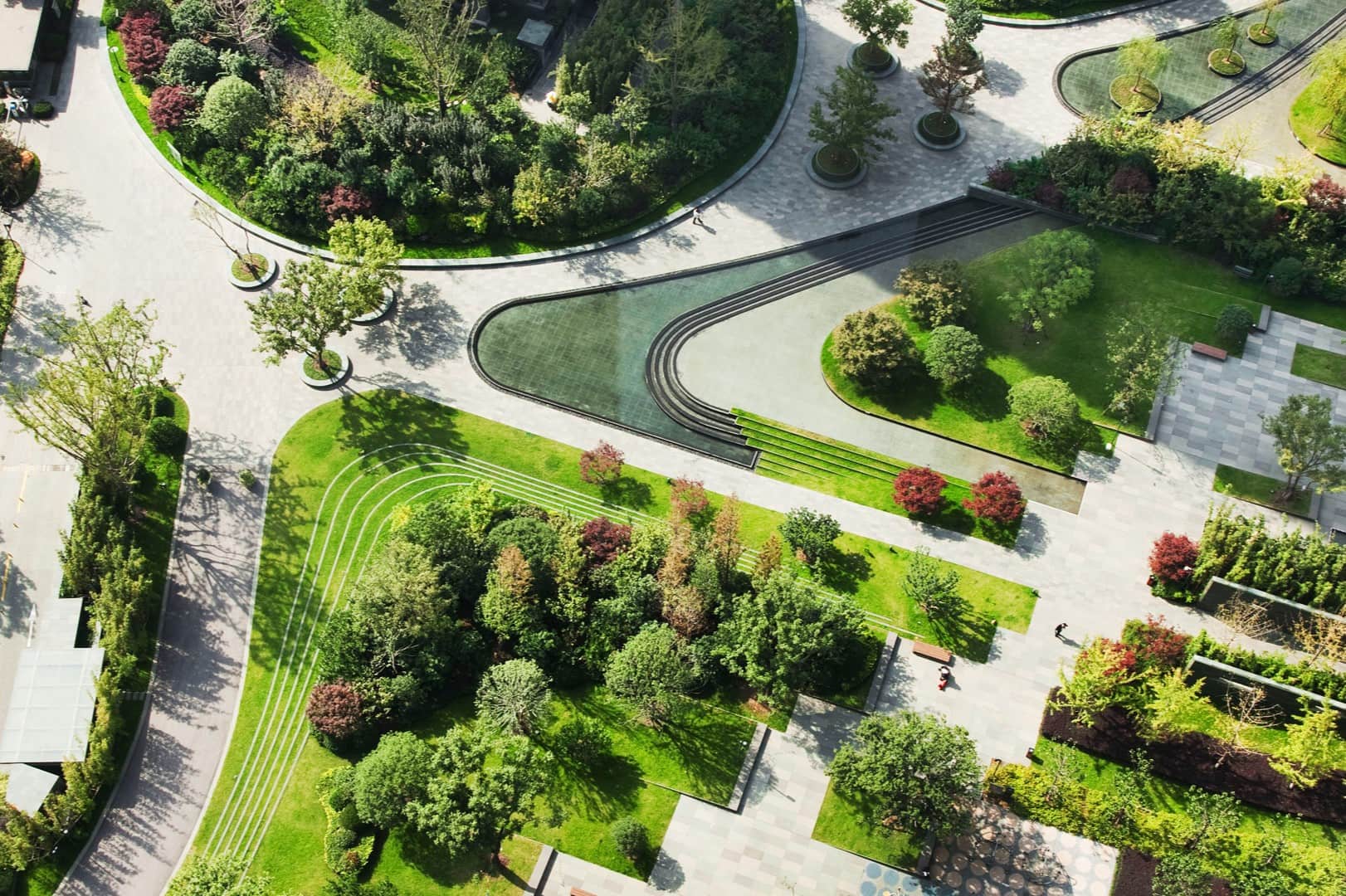
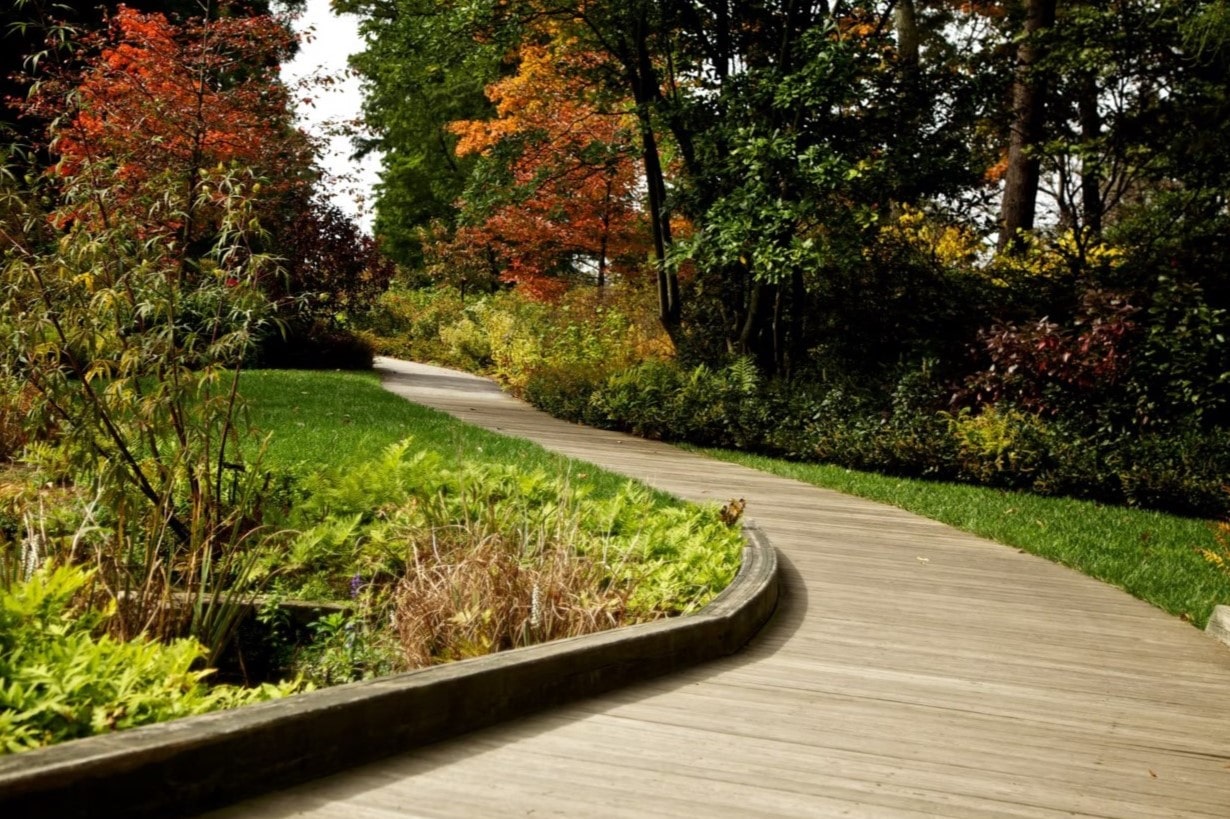
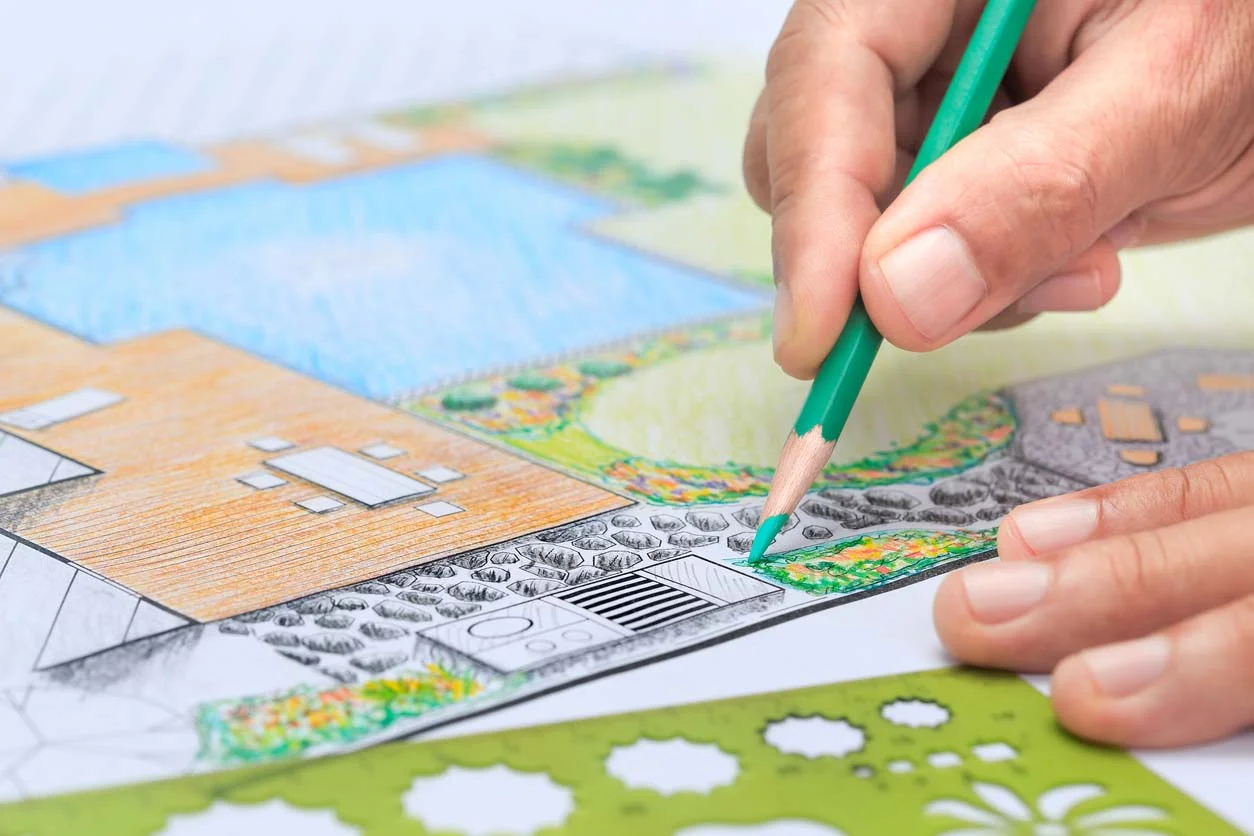
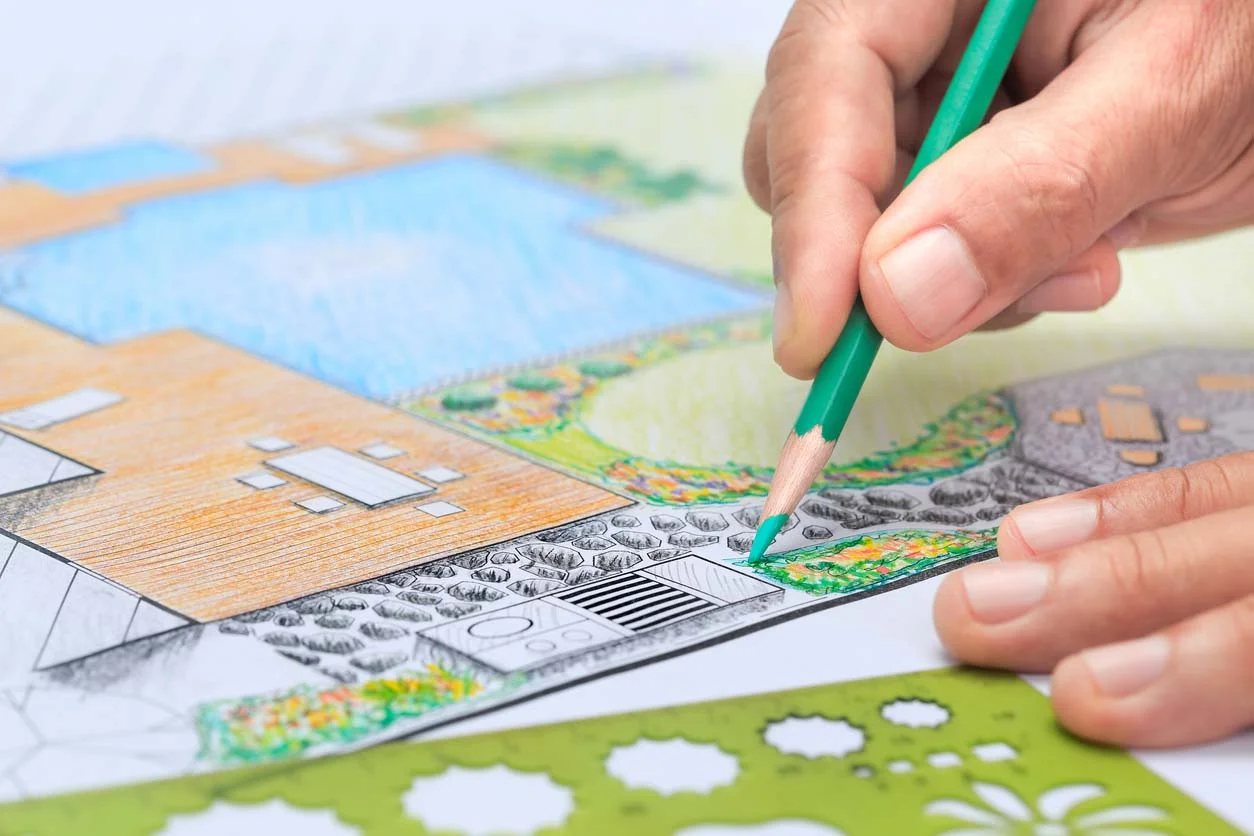

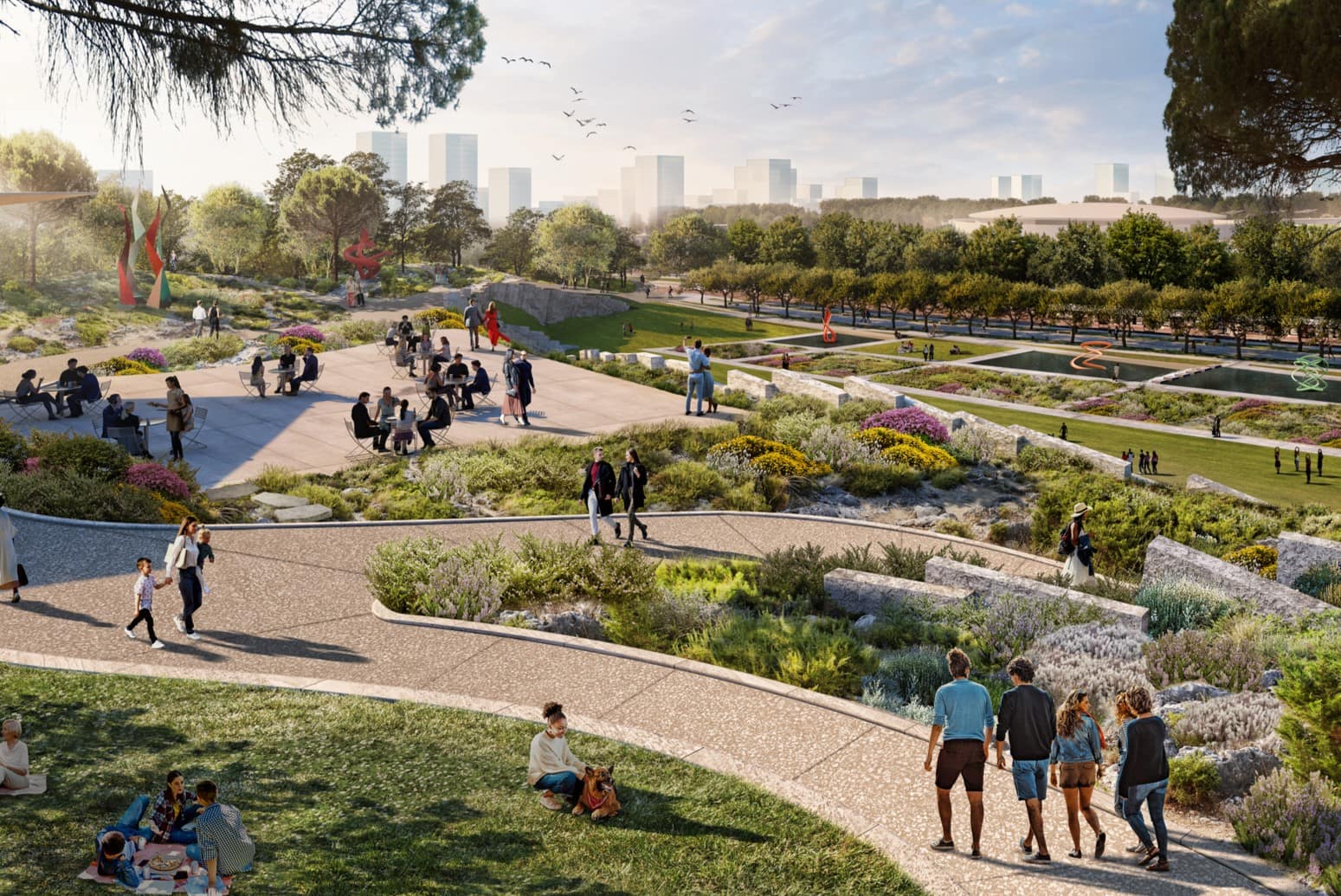

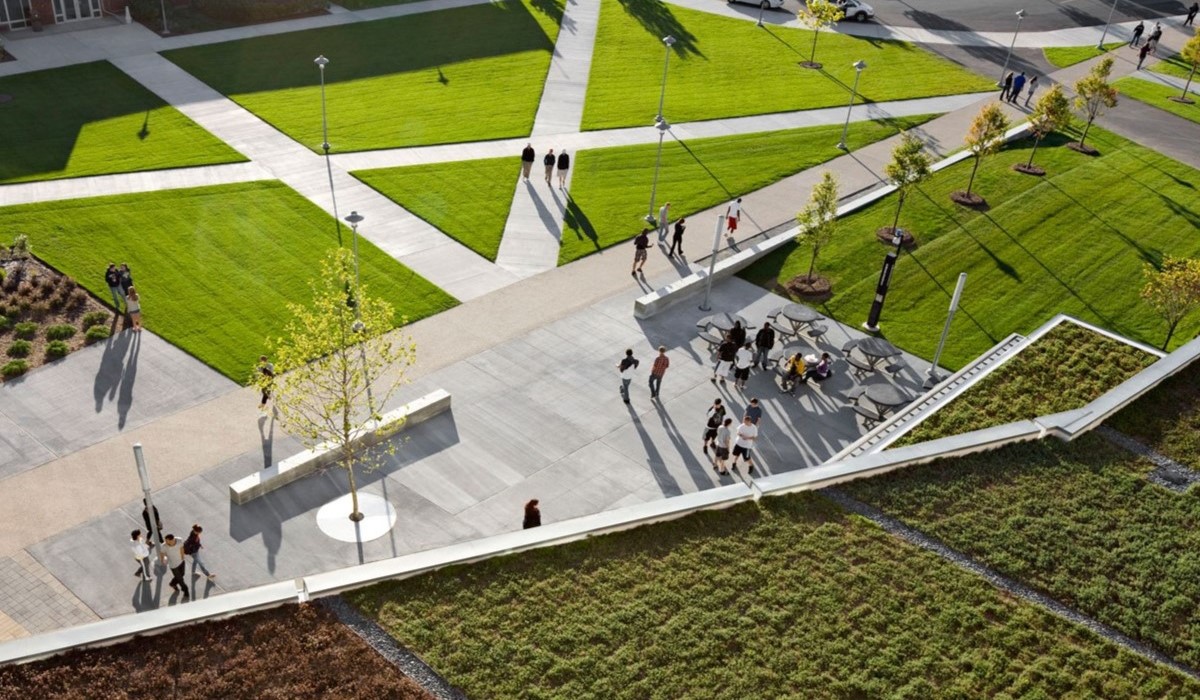

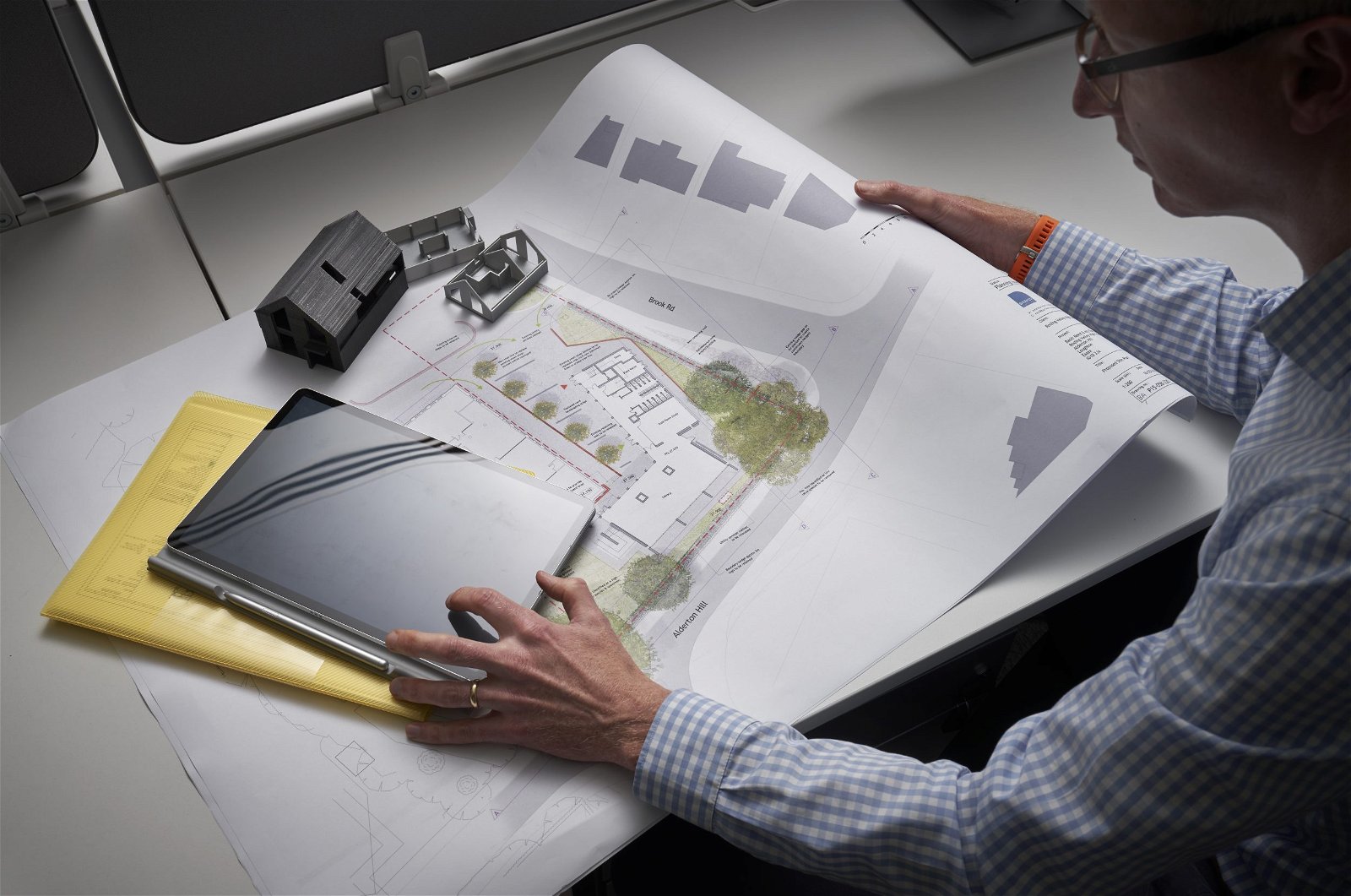
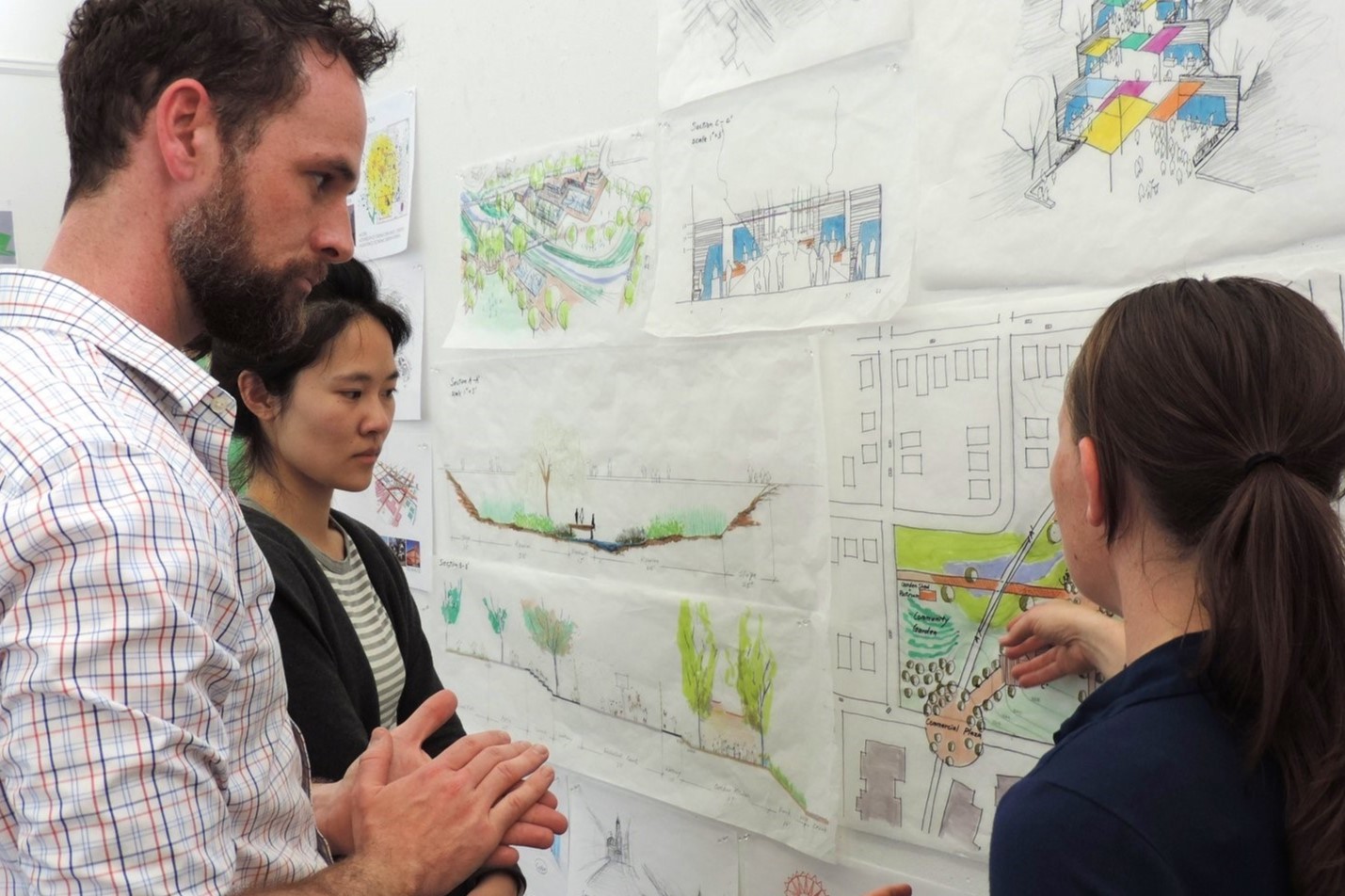

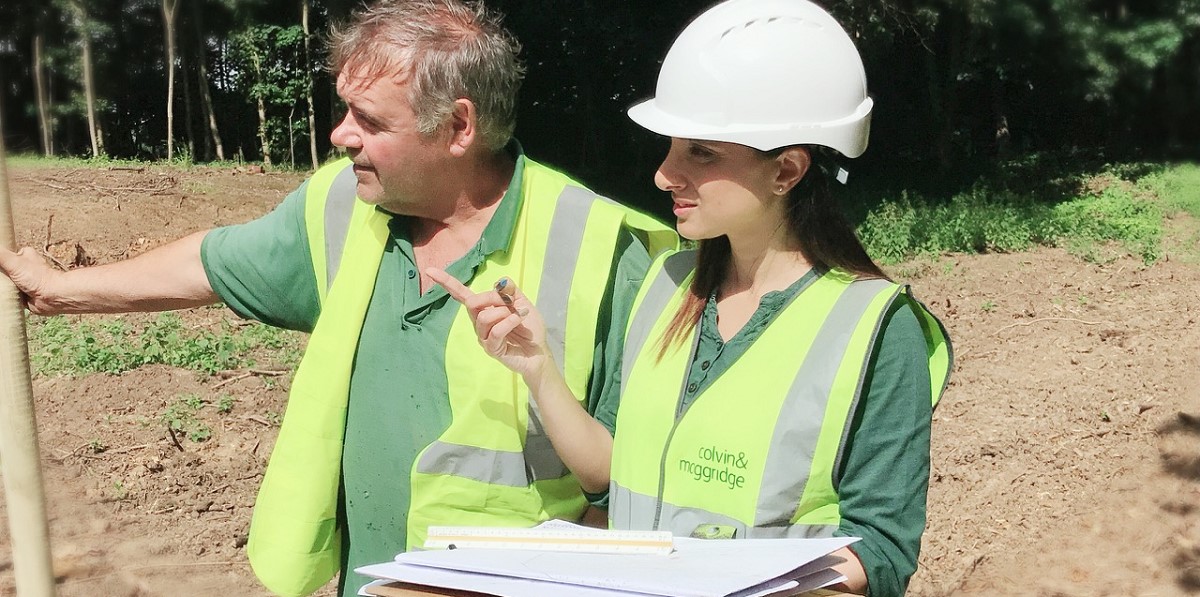
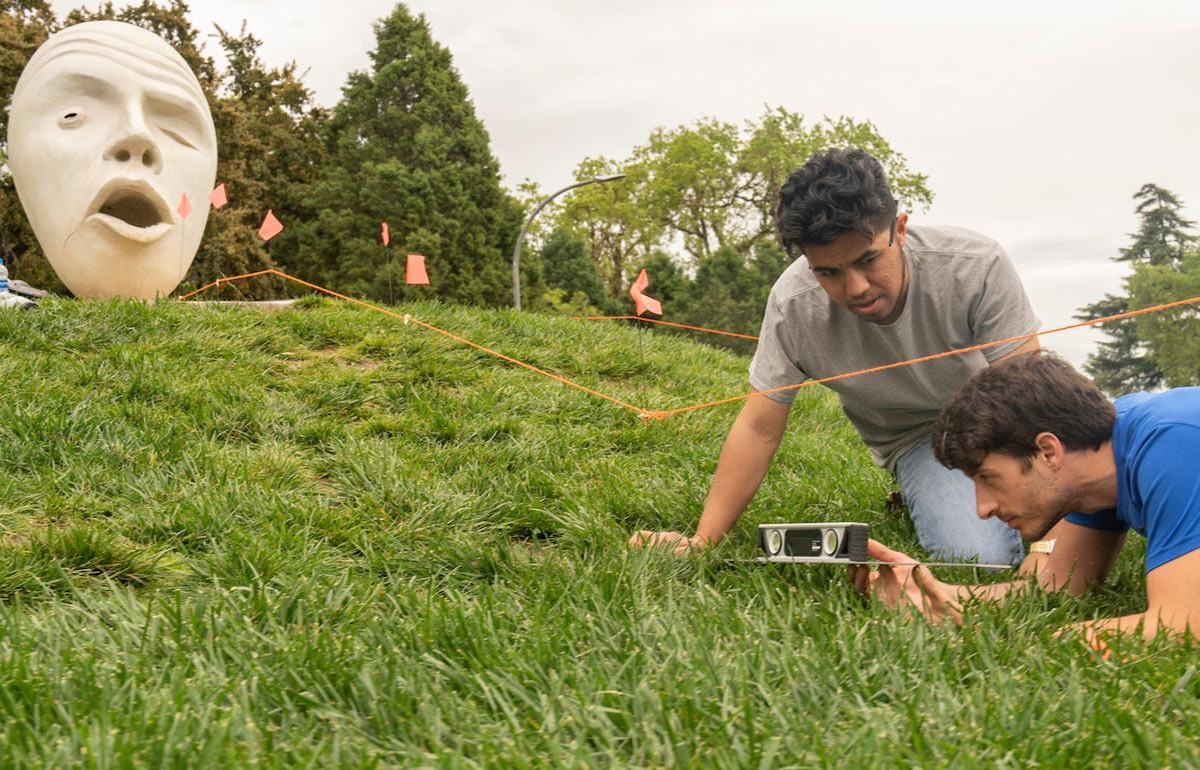

0 thoughts on “What Skills Do You Need To Be A Landscape Architect”